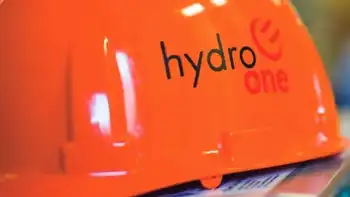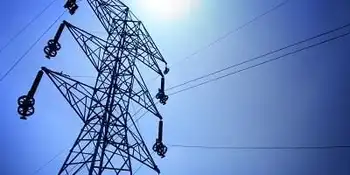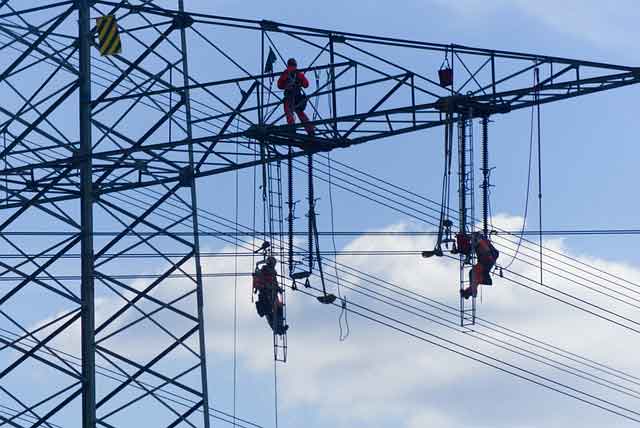DoE is pessimistic about LED lighting
By Electricity Forum
NFPA 70e Training - Arc Flash
Our customized live online or in‑person group training can be delivered to your staff at your location.

- Live Online
- 6 hours Instructor-led
- Group Training Available
DarnellÂ’s latest analysis of trends in the LED market has identified and quantified a major inflection point for rapidly accelerating adoption of LEDs in general illumination applications in the next few years.
Darnell’s First Edition of “LED Driver ICs: Application Drivers, Technology Developments & Product Introduction Trends” provides a detailed roadmap of the successive application segments that will push growth for solid state lighting between now and 2020. The growth trajectory identified for high-brightness light-emitting diodes (HB-LEDs) is based on a detailed and quantitative analysis of application demands along with a projection of the anticipated improvements in the price-performance capabilities of HB-LEDs. Several factors are colliding that will result in an accelerated market inflection point and increasing growth rates for LEDs and LED Driver ICs.
“The impending displacement of cold-cathode fluorescent lamps (CCFLs) by LED backlights in the laptop computer market is only one of the most-visible indicators,” stated Jeff Shepard, President of Darnell Group. “We analyzed over 50 application sub-segments in detail to arrive at our growth trajectories. Growth is accelerating in numerous market segments including video signs and billboards, automotive lighting, and others. Growth in these applications will drive down the cost of LEDs faster than anticipated by the DoE,” concludes Shepard.
A key finding of this analysis is that the number of LEDs used in a typical application will increase in the near-term. In the longer-term, the LED Driver market is expected to go “full circle” from driving a small number of LEDs in handsets today, to larger numbers of LEDs as backlights in various LCD applications in the next stage of its evolution, to even larger numbers of LEDs in the next stage in platforms such as automobiles and larger video displays.
As a result of the growing number of LEDs in the dominant applications, the cost of LEDs will continue to drop dramatically until they finally become cost-effective for general illumination. At that time, the number of LEDs in a typical application will drop back to where it is today, but for use in very-high-volume general illumination applications.
Currently, LED lamps “are at least two orders of magnitude more expensive than traditional light sources,” making them several years away from significant market penetration for general illumination. Combined with this is a temporary slowdown in the growth of the high-efficiency lighting market (including CFLs and other technologies). Aggressive price erosion is occurring in the HB-LED market, which is expected to continue. Darnell’s latest analysis provides unique and in-depth analysis of this dynamic, high-growth market.











